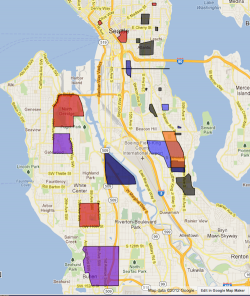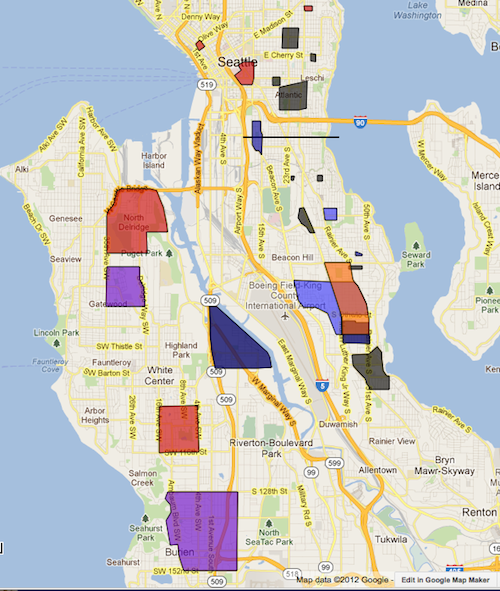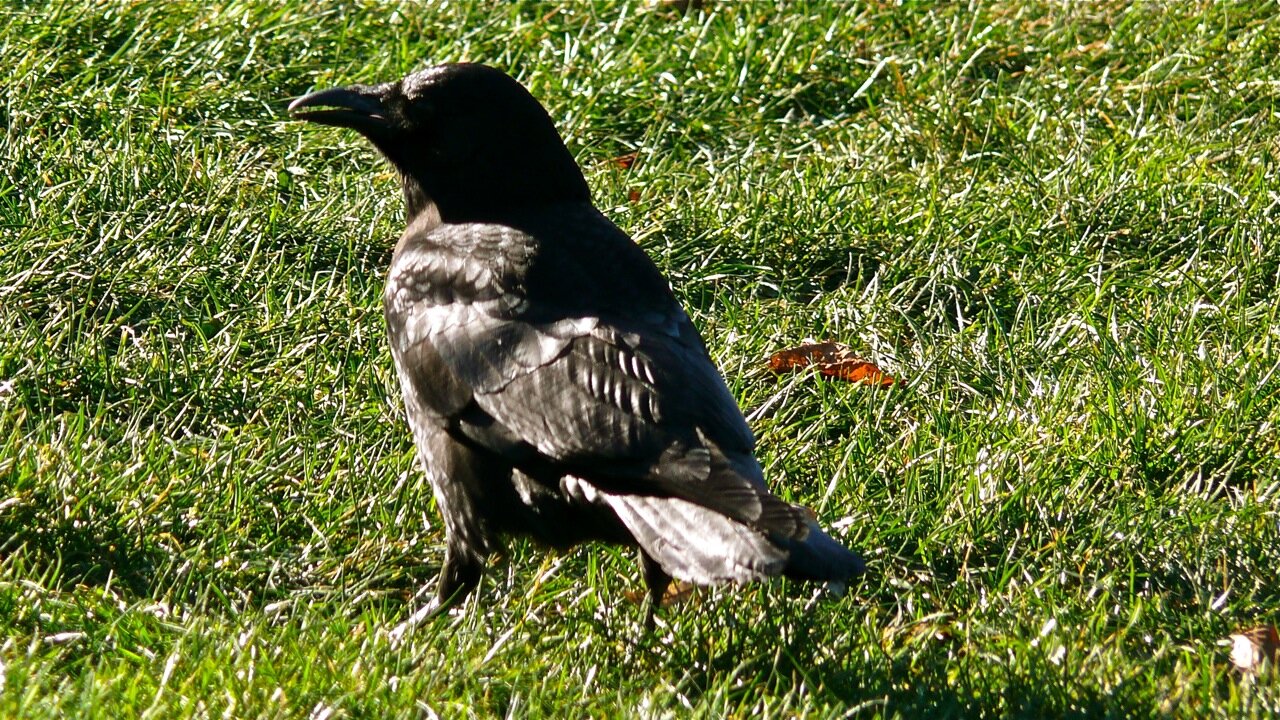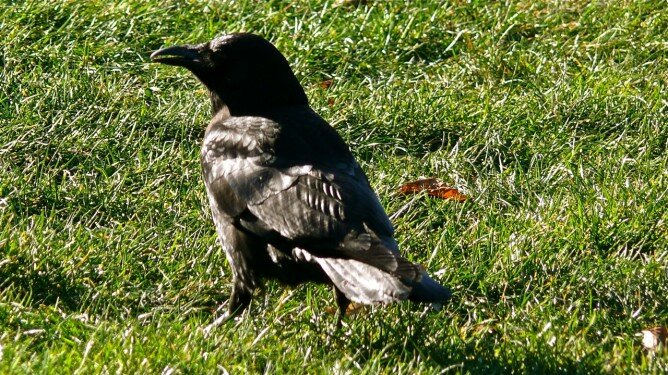 What a lifesaver! It’s one thing to Google map things like Seattle gas stations, but how much more useful to know that you’re venturing into the territory of the Deuce 8, 74 Hoover Criminals, or South Side Locos 13!
What a lifesaver! It’s one thing to Google map things like Seattle gas stations, but how much more useful to know that you’re venturing into the territory of the Deuce 8, 74 Hoover Criminals, or South Side Locos 13!
The updated map of Seattle gang territory does come with a disclaimer:
The Seattle gang territory map gives a rough estimate of where certain gangs hang out and operate. By no means are the gangs listed here bounded by the colored area. Seattle gangs are very transient and often are allies with other gangs, therefore it is common to find gangs outside of their so-called area.
Still, it’s gotten more than 35,000 views since April 2011, and you wonder whether this may help in reducing gang tensions, since it’s easier not to wander into another gang’s territory by mistake: “‘Fight on sight’ gang war menaces South King County.”
So many of us are lost without our smart phone GPS these days, I find it hard to believe gang members are any different. If only we could turn real-world turf disputes into an online flame war, as occurs in Wikipedia entries. E-bullets, people. Think about it.
Mapper “Brad” also maintains a gang site detailing the activities and proclivities of Northwest gangs. You may find it troubling to learn that he’s assembled “listings of several hundred different gangs throughout the Northwest,” which can be “as small as 3 or 4 members, to upwards of several hundred members.” The Seattle Weekly spoke with him about his foray into cultural anthropology. In their interview, you learn the secret to 3rd & Pine:
SW: The area at 3rd and Pine is notorious–tell me about the two gangs that are active there according to your map?
I don’t know why, but it has always been a Blood area. It does fluctuate when people get arrested or some people get harassed by cops for selling drugs and get pushed off the corner. But those two [Valley Hood Piru and West Side Street Mobb] are the gangs that dominate that area. I’ve been told gangs will come in from outside areas, they’ll come from the CD and west side to do drug dealing downtown where they make the most profit. That’s like their day job, working at Third and Pike.


